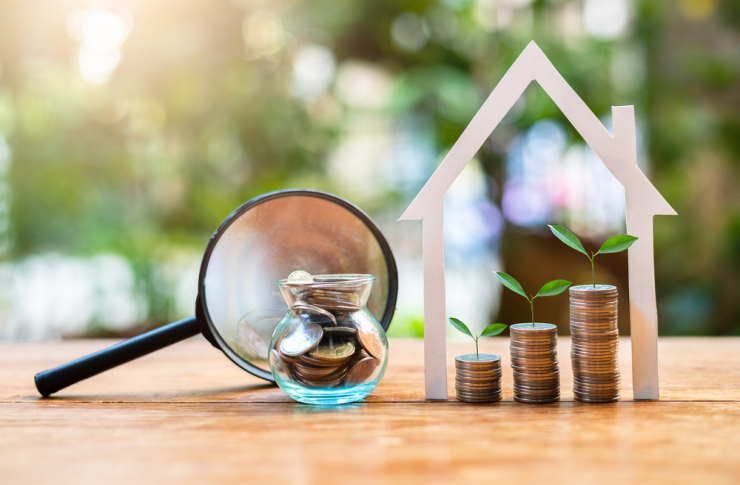Effective Psoriatic Arthritis Treatment Options
Psoriatic arthritis is a long-term condition that affects the joints and often coexists with the skin condition psoriasis. People living with psoriatic arthritis commonly experience fluctuating symptoms — flares of joint pain, stiffness, swelling, and visible skin changes — that can impact daily life. Understanding treatment options helps people, with clinicians, tailor a plan that targets both joint disease and skin involvement while minimizing side effects and preserving function.

This article is for informational purposes only and should not be considered medical advice. Please consult a qualified healthcare professional for personalized guidance and treatment.
What is psoriatic arthritis?
Psoriatic arthritis is an inflammatory arthritis linked to psoriasis, an immune-mediated skin disease. It can affect any joint and sometimes the spine, tendons, and nails. The condition is variable: some people have mild symptoms limited to a few joints, while others develop more widespread arthritis or progressive joint damage. Diagnosis is clinical and often supported by imaging and blood tests to rule out other forms of arthritis. Early recognition and treatment are important to prevent long-term joint damage and disability.
How does arthritis cause joint pain?
Arthritis causes joint pain through immune-driven inflammation that affects joint linings, cartilage, and bone. In psoriatic arthritis, immune cells release inflammatory chemicals that increase swelling and sensitivity in the joint, producing pain, warmth, and reduced range of motion. Pain may be worse after inactivity or during flares and can fluctuate over time. Managing pain effectively typically requires addressing the underlying inflammation, using appropriate medications, and combining medical therapy with physical measures like exercise and joint protection strategies.
Approaches to treating joint pain
Treating joint pain in psoriatic arthritis combines short-term symptom relief and long-term disease control. Nonsteroidal anti-inflammatory drugs (NSAIDs) can reduce pain and stiffness for many patients. Local steroid injections may help a stubborn inflamed joint. For disease control, conventional disease-modifying antirheumatic drugs (DMARDs) such as methotrexate or sulfasalazine can reduce joint inflammation and slow damage progression. Biologic therapies and targeted synthetic DMARDs are options when conventional drugs are insufficient; they specifically inhibit immune pathways driving inflammation, which often leads to both pain relief and improved function.
Strategies to reduce inflammation
Inflammation control is central to preventing joint damage. Treatment may include conventional DMARDs, biologic agents (for example targeting TNF, IL-17, or IL-23 pathways), or JAK inhibitors, chosen based on disease severity, comorbidities, and response history. Lifestyle measures also support inflammation reduction: maintaining a healthy weight, quitting smoking, consuming an anti-inflammatory diet, and regular low-impact exercise. Monitoring by a rheumatologist helps adjust therapy to maintain low disease activity. Shared decision-making with your clinician will weigh benefits, risks, and monitoring needs for each medication.
Addressing skin symptoms
Skin involvement in psoriatic arthritis ranges from small plaques to widespread psoriasis. Treatments that target systemic inflammation often benefit both joints and skin, but some medications may be more effective for one aspect than another. Topical therapies, phototherapy, and systemic agents (including biologics) can be used alone or in combination. Coordination between dermatology and rheumatology is valuable: a combined plan improves outcomes, minimizes overlapping side effects, and streamlines monitoring. Nail changes and scalp involvement should also be discussed, as they are common and responsive to targeted choices.
When searching for care or scheduling appointments online, patients may experience temporary outages or technical problems with digital systems that provide information or accept bookings. For example, systems can return errors such as: An error occurred during Api requesting: Service Unavailable: . If you encounter such issues, contact the clinic directly by phone or seek alternative verified resources in your area to avoid delays in care.
| Provider Name | Services Offered | Key Features/Benefits |
|---|---|---|
| Mayo Clinic | Multidisciplinary rheumatology and dermatology clinics; imaging and infusion services | Comprehensive evaluation, research-informed treatment plans, access to specialists and clinical trials |
| Cleveland Clinic | Rheumatology, dermatology, physical therapy, patient education programs | Integrated care pathways, rehabilitation support, coordinated chronic disease management |
| Johns Hopkins Medicine | Specialized psoriatic arthritis clinics, biologic therapy management, diagnostic imaging | Strong subspecialty expertise, individualized treatment algorithms, patient support resources |
Prices, rates, or cost estimates mentioned in this article are based on the latest available information but may change over time. Independent research is advised before making financial decisions.
Conclusion
Effective psoriatic arthritis treatment aims to control inflammation, relieve joint pain, and manage skin disease while preserving quality of life. A combination of medications, lifestyle adjustments, and coordinated specialist care tailored to disease severity and individual needs provides the best chance of maintaining function and minimizing long-term damage. Regular follow-up with a rheumatologist and, when appropriate, a dermatologist ensures treatment remains aligned with changing symptoms and goals.






